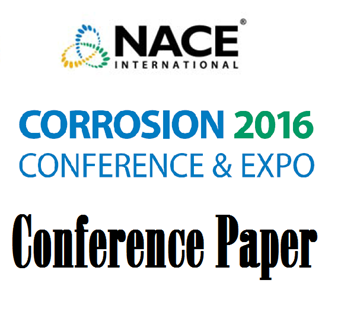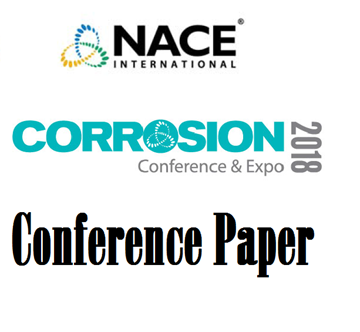Search
Products tagged with 'biofuels'
View as
Sort by
Display
per page
51316-7307-Impact of Biocomponents in the Fuel and Heating Oil on the Compatibility of Sealing Materials
Product Number:
51316-7307-SG
ISBN:
7307 2016 CP
Publication Date:
2016
$20.00
51318-10543-Resistance of polyethylene grades with permeation barriers in biofuels
Product Number:
51318-10543-SG
Publication Date:
2018
$20.00
A Corrosion Fatigue (CF) Assessment Method for High-stressed Engine Components in Corrosive Fuels
Product Number:
51317--9001-SG
ISBN:
9001 2017 CP
Publication Date:
2017
$20.00
Biofuels: Lining Systems for a Diverse Array of Sustainably Derived Feedstocks
Product Number:
51323-19061-SG
Publication Date:
2023
$20.00
Lining Solutions for The Storage Of Biodiesel Or Renewable Feedstocks
Product Number:
51323-19459-SG
Publication Date:
2023
$20.00
Managing Risk in Sustainable Aviation Fuel and Renewable Diesel Production with Online Corrosion Monitoring
Product Number:
51324-20579-SG
Publication Date:
2024
$40.00
Quantifying Effect of Hydrogen and Sulfur in Mitigating Free Fatty Acid Corrosion in Renewable Diesel Applications
Product Number:
51324-20864-SG
Publication Date:
2024
$40.00
Quantifying High Temperature Corrosion in Renewable Diesel and Sustainable Aviation Fuel Production
Product Number:
51323-19457-SG
Publication Date:
2023
$20.00
TM0111-2011-SG Slow Strain Rate Test Method for Evaluation of Ethanol Stress Corrosion Cracking in Carbon Steels
Product Number:
21255-SG
ISBN:
1-57590-242-7
Publication Date:
2011
$109.00









